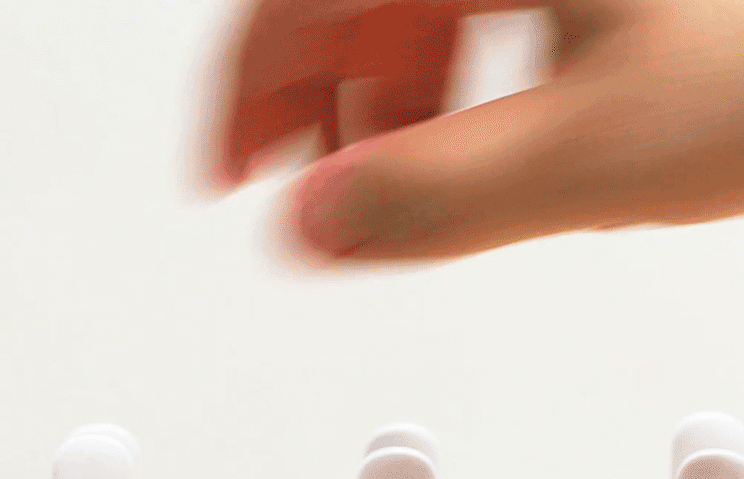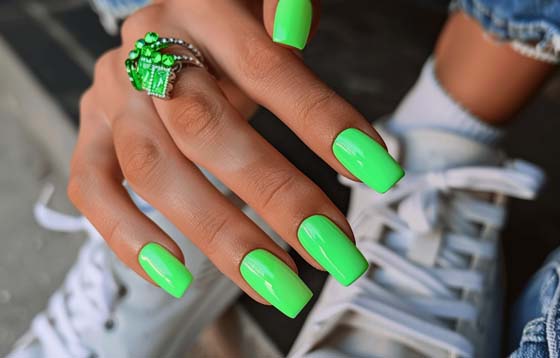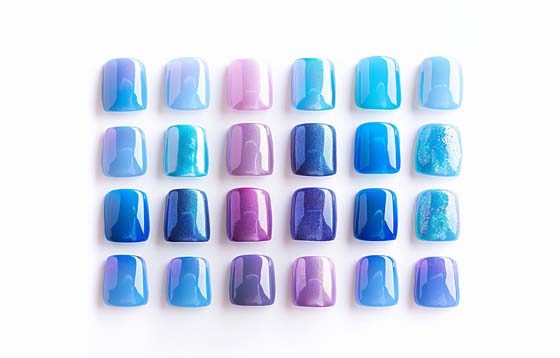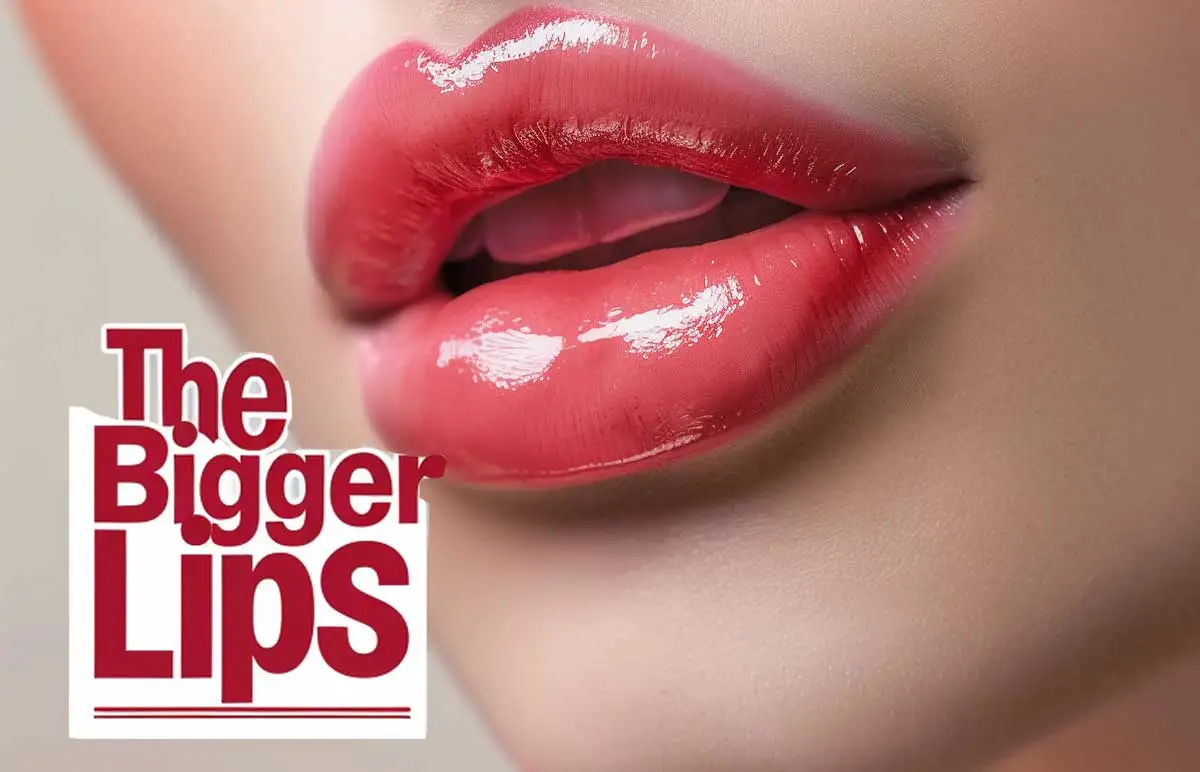Rising Rates of PTSD and Anxiety Among College Students
Copyright Source:
Yueke
Fri, May 31, 2024
Stress levels among America's college students are soaring, with a new report revealing a significant increase in cases of post-traumatic stress disorder (PTSD) and acute stress disorder (ASD) across campuses nationwide.
Led by Yusan Zhai from the University of Alabama at Birmingham, the study found a marked rise in PTSD and ASD prevalence in a national sample of U.S. college students. The findings, published in JAMA Network Open, showed PTSD rates rose by 4.1 percentage points and ASD diagnoses by 0.5 percentage points between 2017 and 2022.
The research team highlighted various triggers for these disorders, including campus shootings, sexual assault, physical violence, and natural disasters. PTSD can cause long-lasting symptoms, while ASD typically affects individuals for a shorter period, ranging from a few days to a month.
The study analyzed data from the Healthy Minds study, which monitors the mental health of over 392,000 students from 332 colleges and universities across the United States. The sample was predominantly female (58%).
During the study period, 19,349 students (4.9%) were diagnosed with PTSD, and 1,814 (0.5%) with ASD. The prevalence of PTSD increased from 3.4% in 2017-2018 to 7.5% in 2021-2022, while ASD rose from 0.2% to 0.7%.
Although the study did not pinpoint specific causes, the researchers suggested that pandemic-related losses, campus shootings, and racial trauma might be contributing factors. The study underscored the escalating mental health challenges faced by college students, aligning with recent research indicating a rise in psychiatric diagnoses.
The findings emphasize the urgent need for targeted, trauma-informed prevention and intervention strategies by mental health professionals and policymakers to support affected students, the researchers concluded.
Led by Yusan Zhai from the University of Alabama at Birmingham, the study found a marked rise in PTSD and ASD prevalence in a national sample of U.S. college students. The findings, published in JAMA Network Open, showed PTSD rates rose by 4.1 percentage points and ASD diagnoses by 0.5 percentage points between 2017 and 2022.
The research team highlighted various triggers for these disorders, including campus shootings, sexual assault, physical violence, and natural disasters. PTSD can cause long-lasting symptoms, while ASD typically affects individuals for a shorter period, ranging from a few days to a month.
The study analyzed data from the Healthy Minds study, which monitors the mental health of over 392,000 students from 332 colleges and universities across the United States. The sample was predominantly female (58%).
During the study period, 19,349 students (4.9%) were diagnosed with PTSD, and 1,814 (0.5%) with ASD. The prevalence of PTSD increased from 3.4% in 2017-2018 to 7.5% in 2021-2022, while ASD rose from 0.2% to 0.7%.
Although the study did not pinpoint specific causes, the researchers suggested that pandemic-related losses, campus shootings, and racial trauma might be contributing factors. The study underscored the escalating mental health challenges faced by college students, aligning with recent research indicating a rise in psychiatric diagnoses.
The findings emphasize the urgent need for targeted, trauma-informed prevention and intervention strategies by mental health professionals and policymakers to support affected students, the researchers concluded.
Sitting in a chair, I stared at my reflection in the mirror. Brenda Cooper, a stylist, author, and professional color analyst, was draping two different shades of orange fabric under my chin over my gray apron. One shade was bright and bold, the other soft and muted. According to Cooper, one of these oranges harmonized with my complexion, while the other did not. In her words, one was "my orange."
At this stage of our color analysis session, I squinted, trying to discern any difference. Cooper had warned me at the beginning that this might happen. She confessed that she, too, couldn't see a significant difference when she first had her colors analyzed years ago. Now, she claims the difference is as clear as day to her, and she believes people subconsciously gravitate towards her when she's wearing her optimal colors.
Color analysis, the process of identifying your most complementary color palette, is not a new concept. It has been a practice among stylists since the 1970s and '80s. However, it's currently experiencing a resurgence on TikTok, largely thanks to Gen Z, who are newly discovering its appeal.
On TikTok, young people approach color analysis in various ways. Some use filters and computer simulators, while others pay hundreds of dollars for professional consultations. A few even travel to South Korea, where they believe the best color analysts are located.
Many of the color analysis videos on TikTok are captivating, showing people’s complexions seemingly brighten and skin tones even out just by changing the color held under their chins. These videos often garner millions of views but also attract skepticism. Commenters frequently question whether editing or filters are involved, and opinions vary on which shade looks best.
Cooper insists that wearing the right colors can make a significant difference. "It's something that is very much overlooked because people look at color, and they purchase or wear the colors they like to look at," she explains. "Wearing a color is a completely different thing. I often say that people fall in love with colors that aren't in love with them."
My session with Cooper left me intrigued. While I initially struggled to see the difference, I couldn't help but notice a subtle but undeniable shift in my appearance as we experimented with different colors. The experience made me appreciate the potential impact of color analysis, even if I remain a bit skeptical.
Select more content
Fever beat Dream 91-79 for their fourth straight win
How to transition your skincare routine to spring/summer
Expert Tips for Controlling Oily Skin
Man's lesson on unwritten urinal rules leaves women 'shocked and confused'
Eliminate stubborn shoe smells quickly with clever 3p trick
Journeyman tennis player Billy Harris goes from van life to mapping his Wimbledon debut
Is the SPF in your moisturiser enough to stop sunburn and wrinkles?
Top Make-Up Hacks to Enhance Your Skin Over 40
SPF SOS: 5 Doctor-Approved Must-Knows for Your Skin's Survival!













